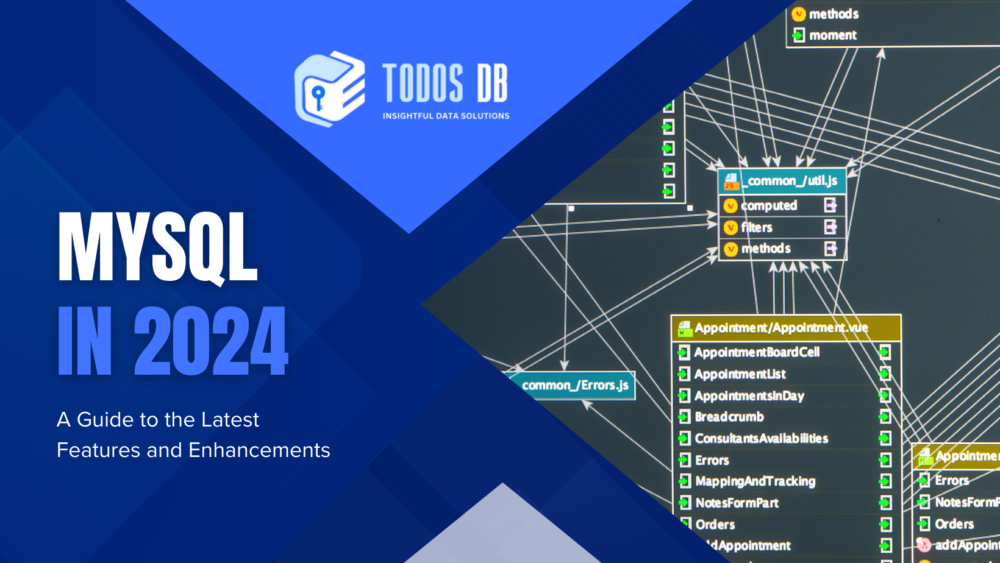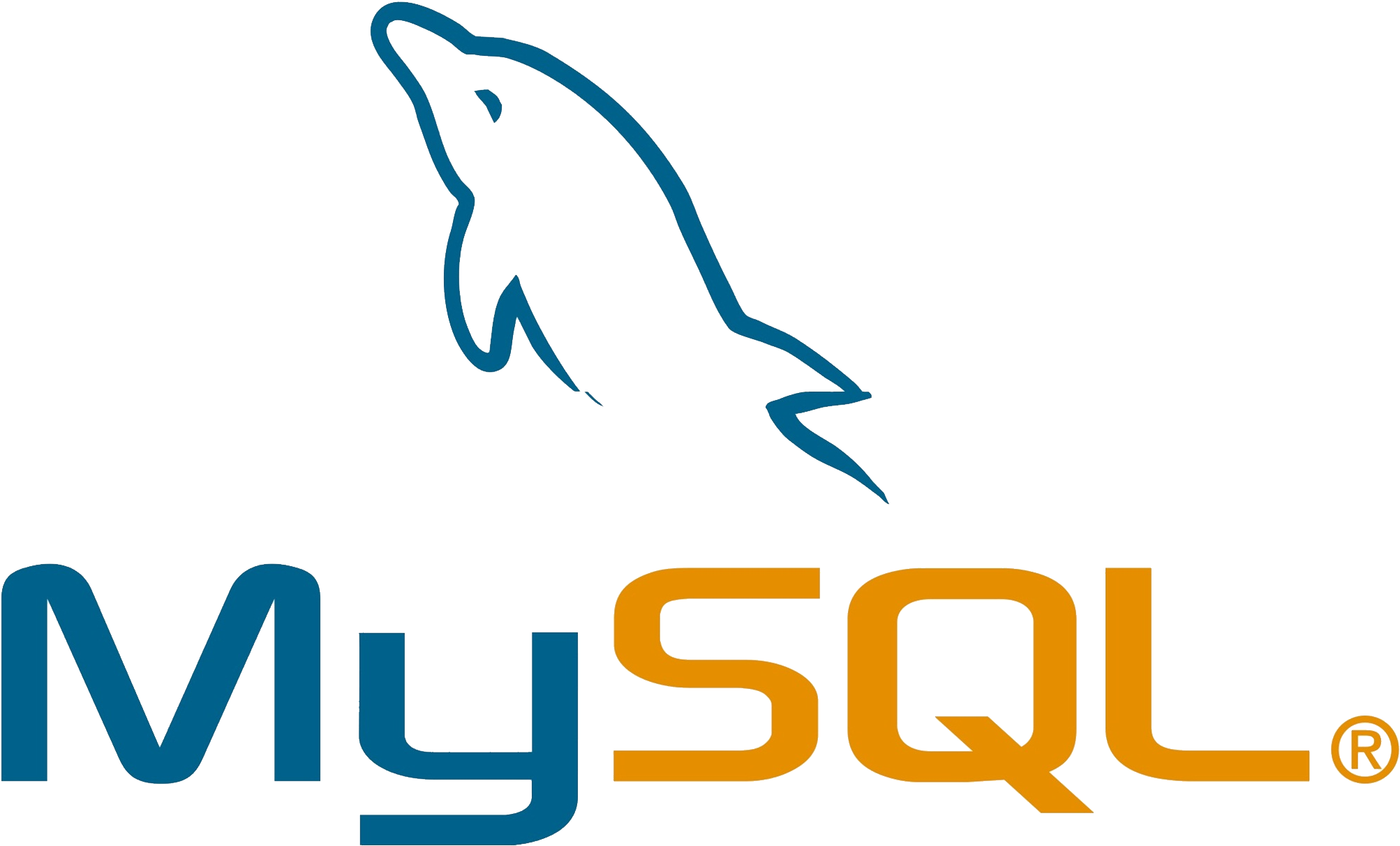MySQL, the open-source relational database management system (RDBMS) dominating the landscape for decades, continues its reign in 2024. As applications evolve and data volumes surge, MySQL keeps pace by introducing innovative features and enhancements. Here at Todos DB, a leading database consulting and management services company, we’re committed to keeping you informed about the latest advancements in MySQL. This article delves into these key features, empowering you to leverage the full potential of MySQL for your projects in 2024 and beyond.
Innovation and Long-Term Support (LTS) Releases
A significant shift in MySQL’s release strategy is the introduction of Innovation Releases and Long-Term Support (LTS) Releases. This two-pronged approach caters to different user needs.
- Innovation Releases: Targeting early adopters and developers comfortable with a faster release cycle, Innovation Releases offer cutting-edge features and functionalities. These releases provide access to the latest advancements but may contain bugs and require closer monitoring.
- Long-Term Support (LTS) Releases: Published every three years, LTS Releases prioritize stability and security, making them ideal for production environments requiring a longer support window (typically five years). These releases undergo rigorous testing and provide a reliable platform for critical workloads.
This new release model ensures users have access to both the latest advancements and a stable, reliable platform for their critical workloads. Todos DB can advise you on the optimal release strategy based on your specific project requirements and risk tolerance.

Performance Enhancements: Optimizing Speed and Efficiency
Several features in recent MySQL versions target significant performance improvements to handle increasingly complex workloads:
- Improved Optimizer: The MySQL optimizer has undergone continuous refinement, resulting in more efficient query plans. This translates to faster query execution times, especially for complex joins and aggregations that involve processing large datasets. Developers can expect noticeable performance gains without needing to rewrite complex queries.
- Parallel Execution: Certain operations like full table scans and data manipulation language (DML) statements can now benefit from parallel execution. This leverages multiple CPU cores to execute tasks concurrently, significantly accelerating processing times for high-volume data workloads. This feature is particularly advantageous for data warehousing and analytics applications that involve processing large datasets.
- Adaptive Indexing: Gone are the days of manually managing indexes and struggling to strike the right balance. MySQL now boasts adaptive indexing, a feature that dynamically suggests and recommends the creation or removal of indexes based on workload patterns. This proactive approach helps optimize indexing strategies for improved query performance without manual intervention from DBAs.

Security and Compliance Enhancements: Prioritizing Data Protection
Security remains a paramount concern for businesses of all sizes. Here are some notable security enhancements in recent MySQL versions:
- Improved Authentication: MySQL 8.0 introduced pluggable authentication, a significant advancement offering greater flexibility and potentially stronger security postures. This feature allows for integration with various authentication mechanisms beyond the traditional password-based approach. For instance, organizations can integrate multi-factor authentication (MFA) or single sign-on (SSO) solutions, adding an extra layer of security to database access.
- Row-Level Security (RLS): This feature empowers granular control over data access at the row level. Users can be granted access to specific rows based on their roles and privileges, enhancing data security and compliance with regulations like GDPR. This is particularly valuable for scenarios where different user groups within an organization require access to specific subsets of data within a table.
- Data Masking: MySQL now offers built-in data masking functionalities. This allows you to mask sensitive data (e.g., credit card numbers, social security numbers) while still enabling authorized users to perform necessary operations on the masked data. This feature helps safeguard sensitive information while maintaining data usability for authorized users, fostering a balance between data security and operational efficiency.
Manageability Enhancements: Streamlining Database Administration
Managing large and complex MySQL deployments has become considerably easier with these advancements:
- MySQL Shell: The MySQL Shell provides a powerful command-line interface (CLI) for managing MySQL servers and instances. This intuitive shell offers various functionalities, including server administration tasks like user management, performance monitoring, scripting capabilities, and even basic query execution. The MySQL Shell streamlines database management tasks for DBAs and developers alike.
- MySQL Performance Schema: This schema provides detailed insights into server performance metrics. It offers a comprehensive view of query execution times, connection statistics, resource utilization, and other valuable performance indicators. This information empowers DBAs to identify bottlenecks, optimize queries, troubleshoot performance issues more efficiently, and ensure the smooth operation of their MySQL deployments.
- Enhanced Replication Features: MySQL replication has become more robust and flexible in recent versions. Features like improved conflict detection and resolution, as well as multi-source replication support, enhance the reliability and scalability of replicated deployments. These advancements are crucial for organizations deploying MySQL in high availability or geographically distributed environments.
Beyond the Core: Exploring Additional Functionalities
While the features discussed above represent some of the most significant advancements in MySQL 8.0 and later versions, the innovation doesn’t stop there. Here are some additional functionalities worth exploring:
- JSON Support: MySQL now offers comprehensive support for working with JSON data. This includes functions for parsing, manipulating, and querying JSON documents stored within the database. This feature simplifies the management and utilization of JSON data, which is increasingly common in modern applications that leverage APIs and NoSQL data stores.
- Resource Groups: Resource groups allow for the creation of logical groupings of database objects (tables, indexes, etc.) that share similar resource requirements. This enables DBAs to allocate resources (CPU, memory) more efficiently and prioritize critical workloads within a single MySQL instance.
- Virtual Columns: Virtual columns provide a way to define calculated columns based on existing columns within a table. This eliminates the need to store redundant data and simplifies queries by allowing calculations to be performed on the fly.
Conclusion: MySQL in 2024 and Beyond
As you can see, MySQL in 2024 offers a compelling feature set for diverse database workloads. Whether you’re managing a small application or a large-scale enterprise deployment, MySQL provides the performance, security, manageability, and functionality to meet your needs. By staying updated on the latest advancements and leveraging the expertise of Todos DB, you can unlock the full potential of MySQL for your projects.
Our team of certified MySQL professionals can assist you with a wide range of database-related tasks, including:
- Database schema design and optimization
- Performance tuning and query optimization
- Security audits and vulnerability assessments
- MySQL replication configuration and management
- Migration planning and execution from older MySQL versions
- Integration with modern application development frameworks and tools
Contact Todos DB today and let us help you harness the power of MySQL in 2024 and beyond.

